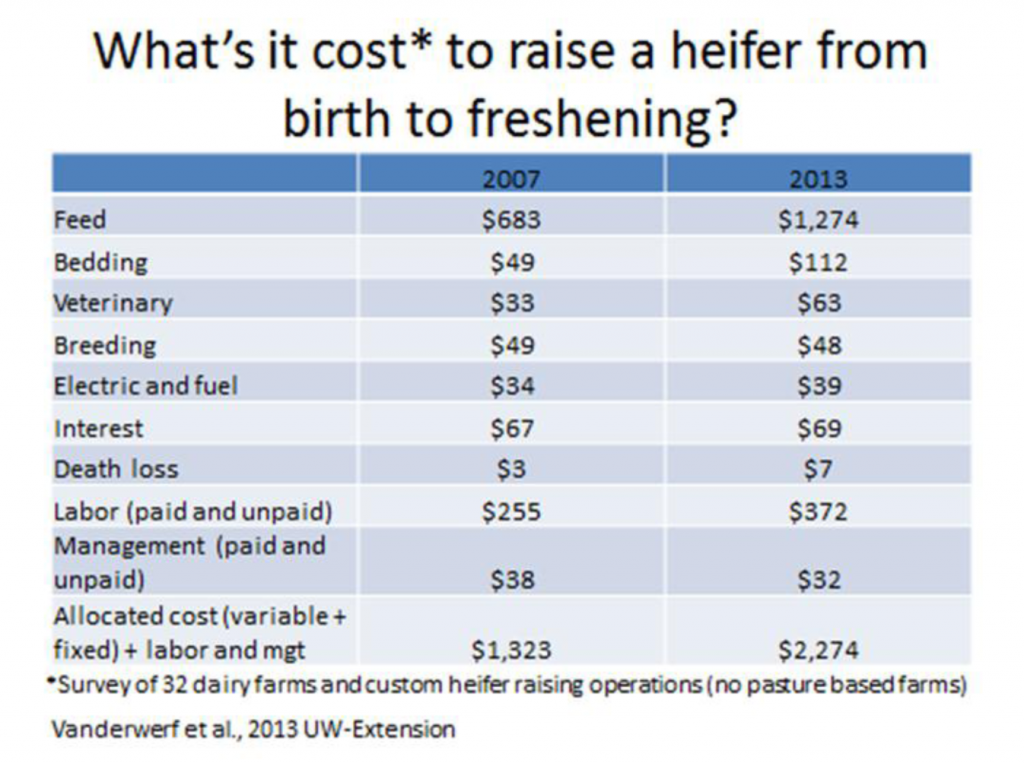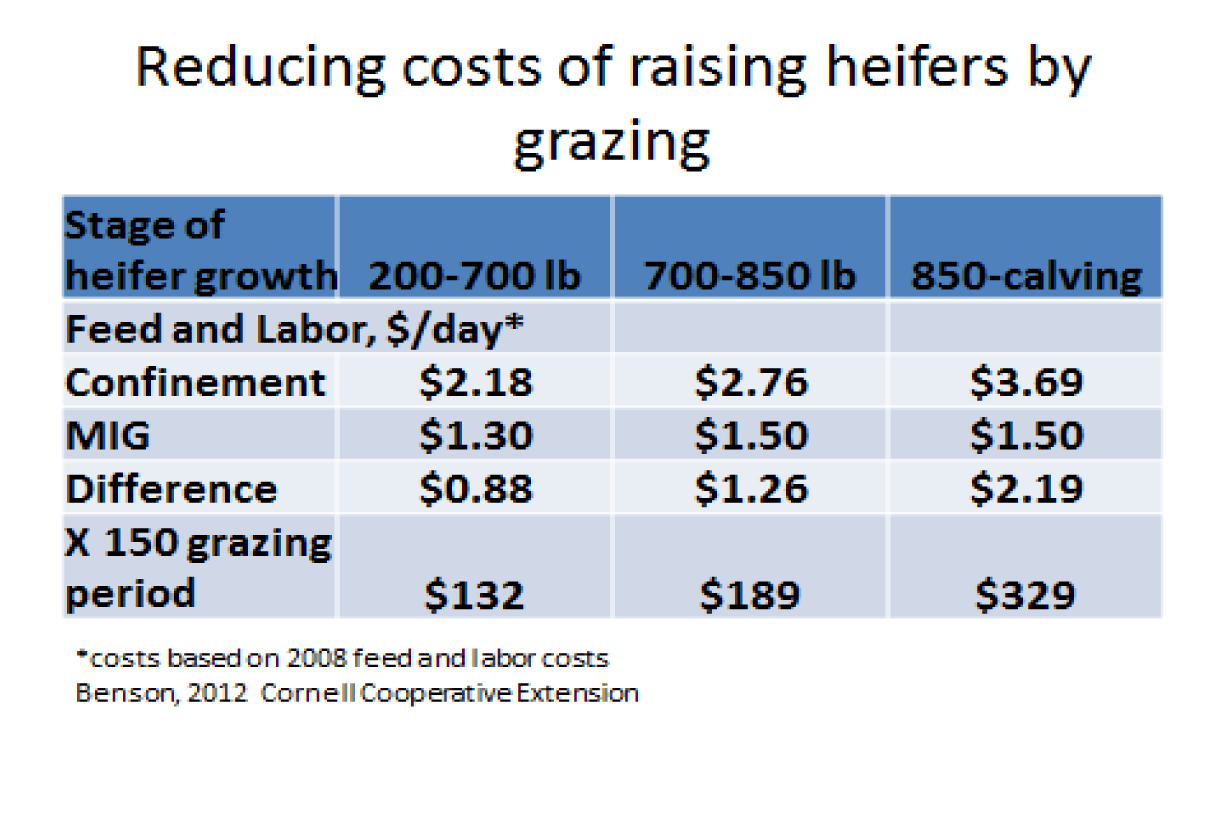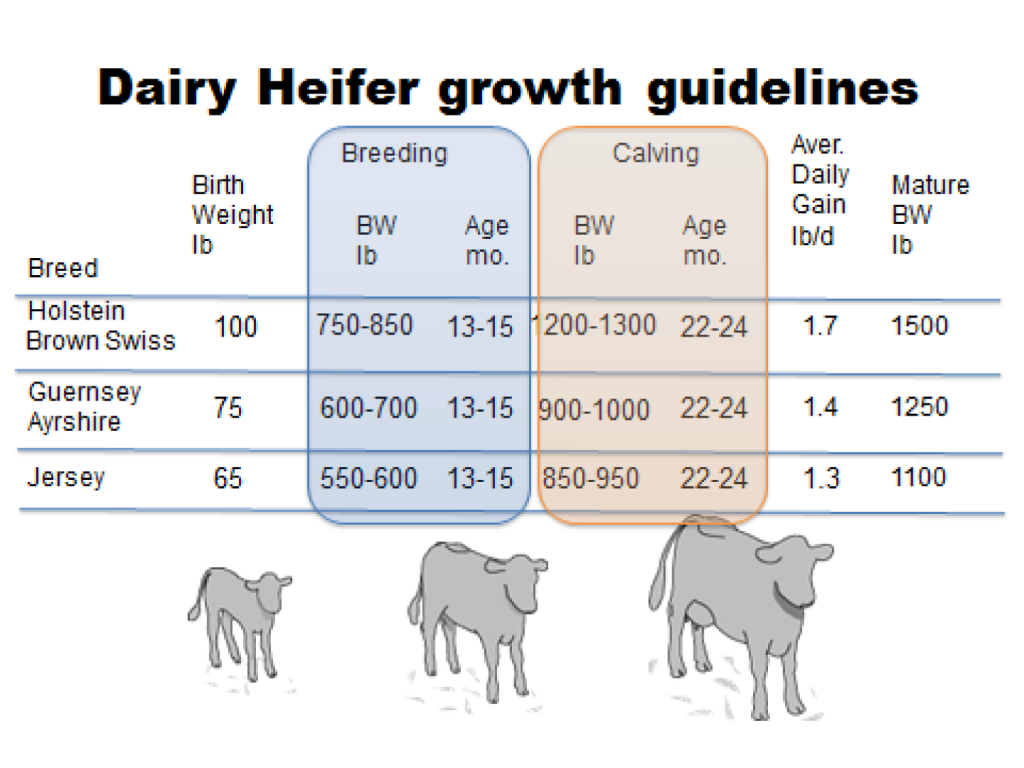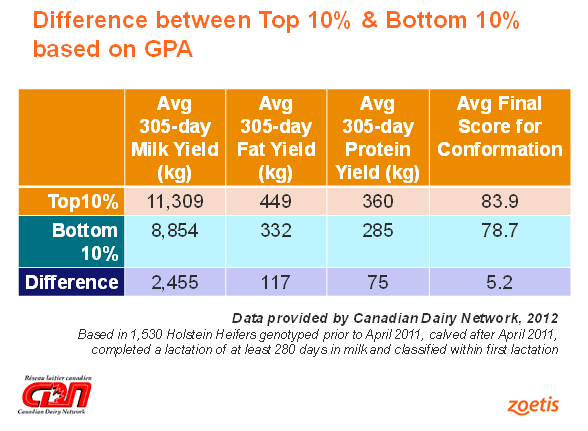Much has been written about genomic indexes since they were introduced in 2008, yet one key ingredient has been ignored. That ingredient is how can a breeder use the genomic information to analyse and plan for the future breeding of their herd? To fill that need Holstein Association USA, and Zoetis joined forced to develop the Enlight service that any Holstein producer in the USA can benefit from using.
Let’s hear about Enlight from Lindsey Worden
Lindsey is the Executive Director of Genetics Services at Holstein USA and when listening to her speak about Enlight you can hear the enthusiasm in her voice. Enthusiasm for what a breeder using Enlight can do to advance their herd. As Lindsey says, the advancement can cover more than genetics. It extends to others areas including management, reproduction, health and in the future nutrition. That is a wide scope. For U.S. dairy people interested in learning the opportunities available, go to Holstein USA’s website to learn more.

Enlight Home Dashboard
One final matter that Lindsey emphasized to The Bullvine – “Enlight is a free tool for any dairy producer who is genomic testing their Holsteins through Holstein Association USA or Zoetis, using CLARIFIDE®, a genomic testing product. Enlight is web-based, and has a direct connection to the Holstein Association USA herdbook database, so all animals in Enlight must also be in the Holstein herdbook”. It should be noted that a herd’s data contained in Enlight is proprietary to the herd owner and is not shared with others.
Worden Draws on Experience
Lindsey grew up on her family’s dairy farms in New York and New Mexico, and was active in 4-H and Holstein Junior programs, including dairy judging and showing. She followed that by studying Dairy Science and Life Science Communications at the University of Wisconsin-Madison. After college, she joined Holstein Association USA. That was over eight years ago, and she has filled a number of positions of increasing responsibility at Holstein USA. Lindsey is familiar with all facets of dairying from the small breeder’s herd, to the large commercial herd, to the show scene and to the international trade in genetics. She gives major credit to her parents for giving her and her brothers the opportunity to experience life, both on and off their farms. Lindsey attends many industry events and is always eager to speak with breeders to understand their positions, their concerns and their needs, and to explain Holstein USA services.

Enlight – Animal Snap shot
Working to Shared Benefit
In short, Enlight was developed in partnership by Zoetis and Holstein USA. They saw an opportunity to combine their collective strengths for the benefit of producers. It is novel in that a private company and a breeder not-for-profit association joined forces to provide a service, and refreshing to see that providing dairy people with a complete package is central to the service.
Excellent Uptake
Lindsey reported to The Bullvine that since July (2014) there have been over 600 herds enrolled in Enlight, and those users have genomic tested over 260,000 animals in total.
U.S. dairymen can expect to hear more about Enlight in 2015 as Holstein USA, in collaboration with Zoetis, will have this service as a focal point at meetings and in communications through out this year. It is interesting to hear the many different ways Enlight users are taking advantage of genomic information in their herds. Many begin with testing a few animals and eventually work up to testing most or all of the heifers born on their farm. Dairymen are using the information to make decisions about which animals will be parents to the next generation on the farm, making sure they are keeping and propagating the best genetics in their herds, and using the lower end genetics for recipients, or culling when they have excess animals to sell.
One important part of Enlight is that it is real-time. Enlight is refreshed every night, so whenever a dairyman registers a calf, or has new genomic or genetic information available, it can be viewed in Enlight. Since the service if free and web-based, users can run the analysis of their animal as often as they wish.

Enlight – Genetic Progress Graph
Expanded Service
For dairy farmers, linking all pieces of information on their animals together is important. Sandy-Valley Farms have been using Enlight for a few months now to capture their actual and genetic information in one place, to obtain genomic information instantaneously and to download information in Excel documents. And Danae Bauer of Sandy-Valley looks forward to using Enlight even more in the future as more options and screens are added to it. (Read more : PINE-TREE MONICA PLANETA IS THE NEW GENOMIC SUPER STAR MAKER, and DANAE BAUER: CAPTURING THE PASSION)
Holstein Association USA continues to see interest in genomic testing grow each year, and with the availability of Enlight to help producers make better use of their information, and a partnership with Zoetis, that trend is only expected to continue to increase. As more breeders are exposed to how using genomic information can improve their herds, more and more will adopt the technology and find benefit in keeping track of their genetics with Enlight.
The Bullvine Bottom Line
With many dairymen already using Enlight, there are many users that Holstein USA or Zoetis can direct interested producers to in order that they can hear a fellow dairy person describe the benefits as they see them. Enlight is definitely a win – win – win for producers – breed association – private service provider.
Not sure what all this hype about genomics is all about?
Want to learn what it is and what it means to your breeding program?


















